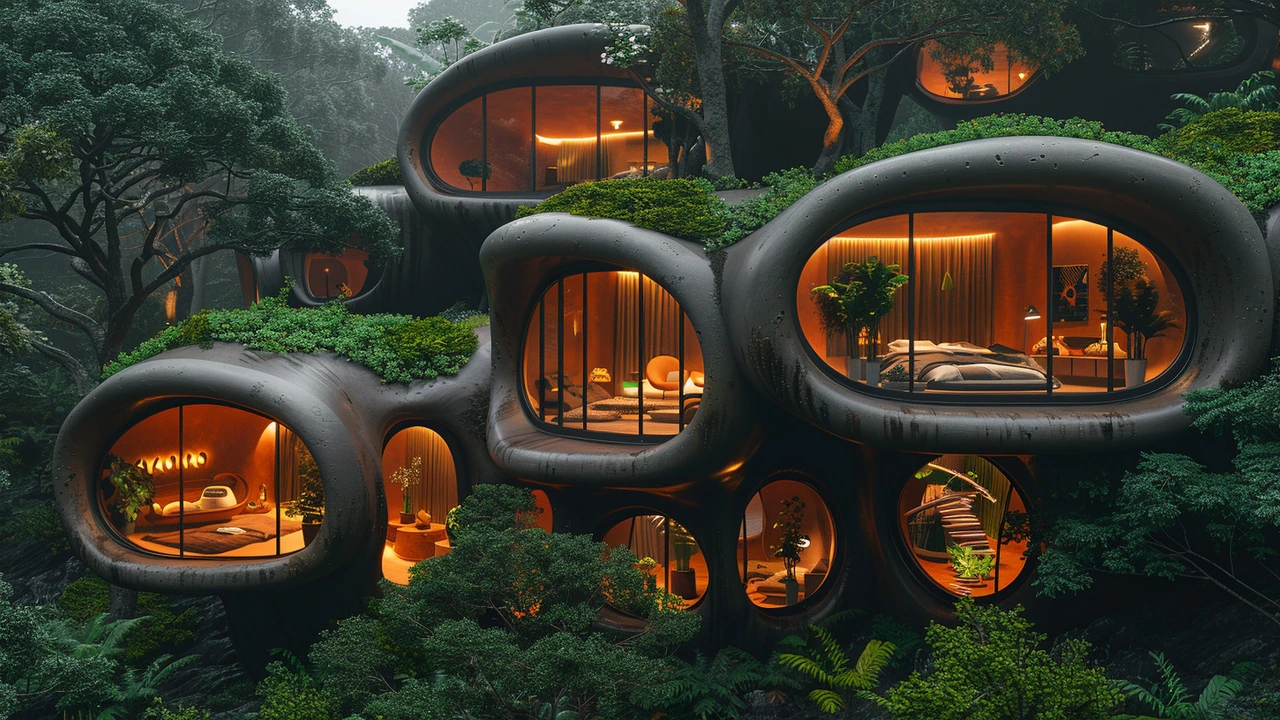Sustainable Living: Artful, Practical Ideas for Home & City
Want your home and neighborhood to feel more alive and less wasteful? Sustainable living doesn’t have to mean giving up style. At Paul Artistry we mix art, design, and simple habits so your space looks great and leaves a smaller footprint.
Start small: swap one new item for a reused or locally made piece. Thrift shelves, flea markets, and local makers often have unique finds that out-style mass-produced items. If you like bold looks, try ideas from "Avant-Garde Home Décor: Creative Tips to Transform Your Space" but pick reclaimed wood, vintage fabrics, or low-VOC paints to keep it eco-friendly.
Quick eco-friendly decor swaps
Replace disposable or plastic items with durable designs: a ceramic mug instead of paper cups, glass storage instead of plastic bags, and LED bulbs for long life. Choose multi-use furniture inspired by Bauhaus simplicity—clean lines, fewer materials, longer use. The articles "Bauhaus Modernism: How Bauhaus Design Changed Art, Architecture, and Everyday Life" and "Bauhaus: Redefining Art and Design for the Modern World" show how simple, functional pieces last longer and reduce waste.
Upcycle like an artist: turn an old frame into a plant shelf or re-stitch fabric into cushion covers. Use scraps as collage material for a DIY wall piece—art that recycles its own waste. These moves save money and give your home personality.
How public art and design shape greener cities
Art isn’t just for galleries. Land art projects can turn unused lots into community gardens or rain-capture landscapes. Read "Land Art’s Impact on Modern Urban Design: Transforming City Spaces" to see examples where art helped manage stormwater, cool streets, and boost local biodiversity.
Smart-city ideas from "Futurism’s Impact on Smart Cities: How Forward-Thinking Design Shapes Urban Life" matter here: sensors, efficient lighting, and community-driven installations cut energy use and make places friendlier. Public art that doubles as seating, shade, or planters gives more value for less material.
Want an instant win? Add plants. Green walls, potted herbs, or a window box improve air quality, calm the room, and cost little. Choose native species when you can—they need less water and help local insects.
If you’re an artist or maker, think about materials: carbon-friendly paints, sustainably sourced wood, and fabric offcuts reduce your impact. Share tools and space with neighbors—community studios reduce duplication and spark collaboration.
Curious where to start? Check the site posts like "Avant-Garde Home Décor," "Land Art’s Impact on Modern Urban Design," and Bauhaus features for practical inspiration. Pick one swap, one upcycle project, and one community idea—do those, then add more. Small steps add up fast.

